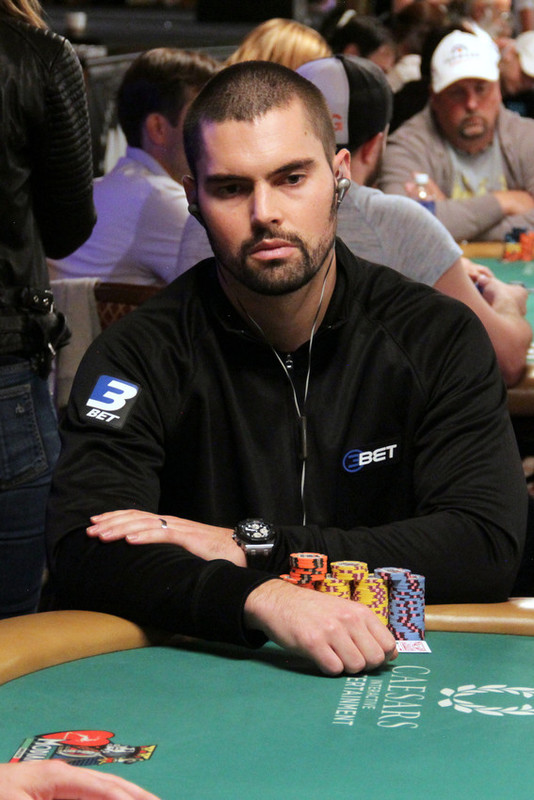






Card Player TV Video Spotlight: An Intro To ICM In Poker TournamentsPoker Pros Yevgeniy Timoshenko and David Sands Offer Insight About How The Independent Chip Model Should Inform Your Play |
|
|

Yevgeniy Timoshenko
Back in 2012 Card Player TV caught up with two of the top tournament players in the game, Yevgeniy Timoshenko and David Sands, to get an introduction to how ICM should impact your tournament poker strategy.
Timoshenko kicks things off with an example of a situation where ICM should dictate your strategy. The 2009 World Poker Tour Championship winner with more than $7.7 million in live tournament earnings came up with a scenario off the top of his head during his chat with CPTV.
“Let’s say you are second in chips behind the chip leader and there is a short stack with two big blinds, with 10 players left playing hand-for-hand. ICM would dictate that you don’t get in wars with the chip leader,” said Timoshenko.
“If you have a lot of chips and there is a guy with a very small amount of chips, it just makes a lot of sense to wait for him to bust out. When his stack is low and the likelihood of him busting first is very high, [you’d prefer to take that approach] rather than get in marginal spots where you could potentially risk your tournament life and risk not moving up in prize money.”

David Sands
“ICM applies around pay jumps and specifically the money bubble, where the value of a tournament chip isn’t 1:1 as it is in the early or middle stages of a tournament,” said Sands. He later went on to offer some insight about how ICM specifically impacts short-stacked players on the money bubble.
To hear everything that Timoshenko and Sands had to say, check out the video introduction to ICM in its entirety below:
